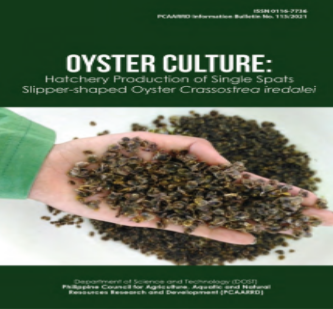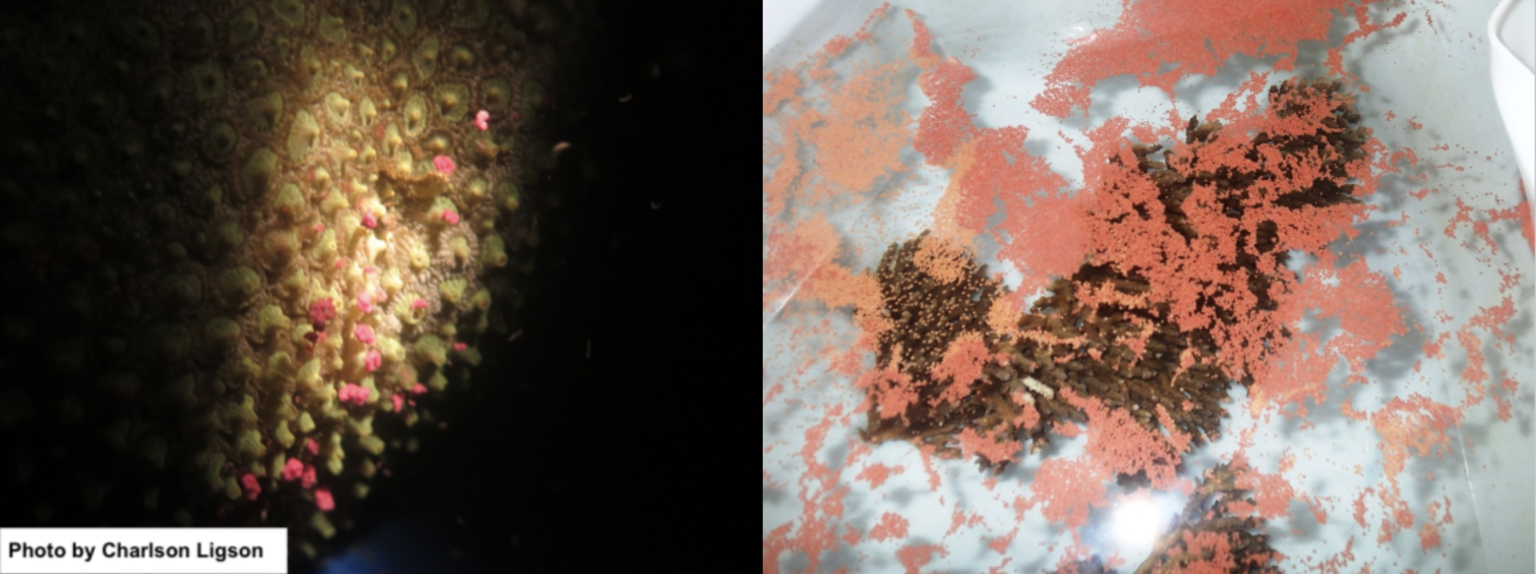Establishment of Sanitary Quality of Oysters and Their Culture Condition

Ideal growing areas for oysters …

Ideal growing areas for oysters …

Studies on genetic structure of populations and its morphological …

The manual “Hatchery Production of Single Spats Slipper-shaped Oyster Crassostrea iredalei” …

The Coastal Acidification Program generated information on coastal acidification as a …

This project studied the genetic structure and connectivity of natural populations of …

Genetic mechanisms that confer stress susceptibility or resilience to corals was …

The physiological limits of 17 selected coral species in response to ocean …

The reproductive patterns of 18 coral …

DOST-PCAARRD supported the nationwide coral reef …

This project will investigate the potential role of Type …